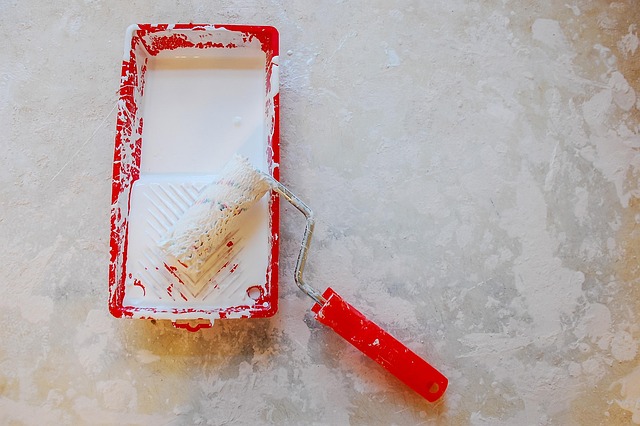Rust repair involves understanding its formation as iron oxide and assessing damage severity from surface to structural. Select appropriate techniques like sandblasting, coatings, or home remedies based on rust extent. Proper preparation, including degreasing and surface treatment, is crucial for successful revitalization. Regular cleaning, protective coatings, and high-quality materials enhance metal surface longevity and prevent future rusting.
Rusty parts can bring a once-proud machine or structure down, but with the right approach, revitalization is achievable. Understanding the causes of rust and choosing the most effective repair techniques are key to successful restoration. This guide covers everything from identifying rusty parts and the tools needed for repair to step-by-step instructions on selecting the best rust repair methods. We’ll also highlight common mistakes to avoid and essential maintenance tips to prevent future rusting, ensuring your restored pieces stand the test of time.
- Understanding Rusty Parts and Their Causes
- Tools and Materials for Effective Repair
- Step-by-Step Guide to Select Rust Repair Techniques
- Common Mistakes to Avoid During Restoration
- Maintaining Metal Surfaces to Prevent Future Rusting
Understanding Rusty Parts and Their Causes
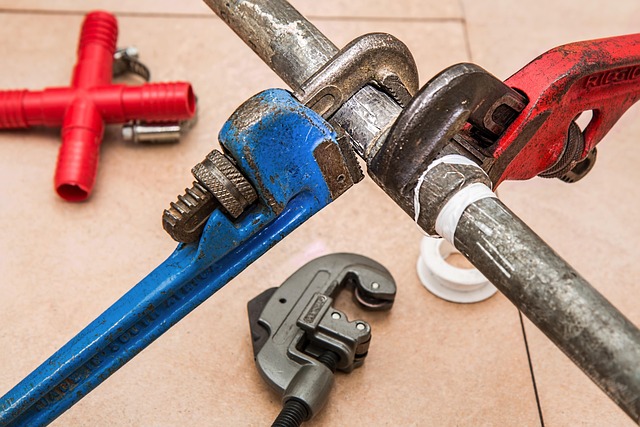
Rusty parts can be a common issue, especially for older vehicles or antique items exposed to various weather conditions and environmental factors. Understanding the causes behind rust formation is the first step in any revitalization process. Rust is essentially an iron oxide that develops when iron-containing materials come into contact with oxygen and moisture over time. In the case of a car, for instance, rust can start in small cracks or gaps where water penetrates, leading to its rapid spread across the body panels. This deterioration not only affects the aesthetics but also compromises structural integrity, making it crucial to address it promptly.
The severity of rust damage can vary widely, from minor surface rust on an otherwise intact panel to severe pitting that weakens a vehicle’s frame. Select Rust Repair techniques focus on identifying these issues and employing appropriate methods for restoration. This might include sandblasting to remove loose rust, followed by application of specialized coatings designed to offer long-lasting protection against future corrosion, ensuring the longevity and beauty of both modern and antique rusty items.
Tools and Materials for Effective Repair
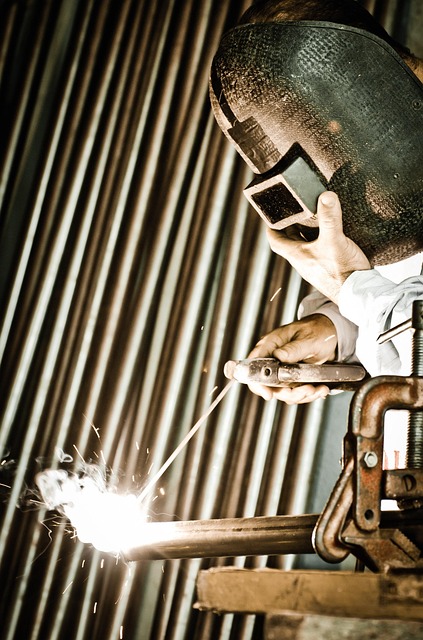
When it comes to revitalizing rusty parts, the right tools and materials are essential for effective repair. Start by selecting a suitable rust repair kit that includes a variety of components like wire brushes, sandpaper, rust remover chemicals, and protective gear. These kits often come with step-by-step instructions, making them ideal for both professionals and DIY enthusiasts.
For specific applications, consider additional materials such as epoxy resin for bonding and sealing, or even natural home remedies for rust stain removal like lemon juice and baking soda for lighter stains on wood. Remember, the key to successful revitalization is proper preparation and adherence to best rust preventative methods. Using these tools and materials thoughtfully can transform rusty parts into functional and aesthetically pleasing items once again.
Step-by-Step Guide to Select Rust Repair Techniques
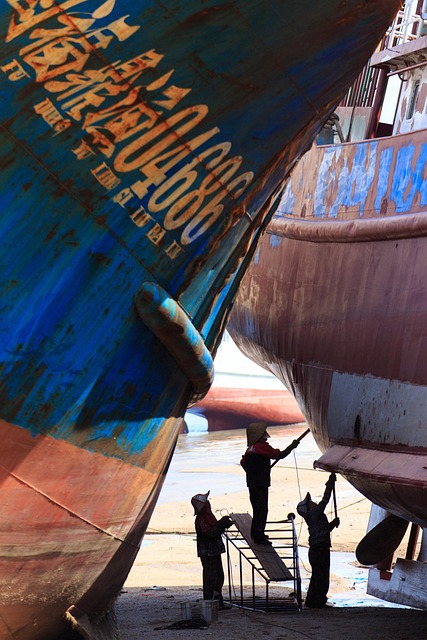
When it comes to restoring rusty parts, understanding your repair options is key. Here’s a step-by-step guide on how to select the best rust repair techniques for your needs:
1. Assess the Extent of Rust: Begin by inspecting the affected area thoroughly. Determine the severity of rusting—is it superficial or has it penetrated deep into the metal? This will dictate the repair approach, as lighter rust can often be treated with natural methods like how to stop rust naturally, while more extensive damage might require professional intervention.
2. Choose Your Repair Method: Based on your assessment, decide between various rust repair techniques. For small, isolated areas of rust, a simple cleaning and application of rust inhibitor can suffice. For larger portions, consider sandblasting or media blasting to remove loose rust and prepare the surface for restoration. Restoring old rusty objects, like that of a rusty bicycle, might involve these steps combined with welding or metal fabrication techniques.
Common Mistakes to Avoid During Restoration

When taking on a rusty parts revitalization project, whether it’s a rustic bicycle or industrial equipment, it’s vital to steer clear of common pitfalls that can compromise the outcome. One frequent mistake is attempting to skip the crucial step of proper metal surface preparation before painting. This omission leads to poor adhesion and an uneven finish. Always remember that thorough cleaning, degreasing, and rust removal are essential pre-painting treatments for a durable, long-lasting result.
Another blunder is selecting the wrong rust repair method for your specific restoration needs. Different metal surfaces require tailored approaches. Using the incorrect treatment, such as applying an incompatible metal surface rust treatment, can cause further damage or an unsightly finish. Take the time to assess the condition of the metal and choose the most suitable repair technique, ensuring a professional and aesthetically pleasing revitalization outcome.
Maintaining Metal Surfaces to Prevent Future Rusting
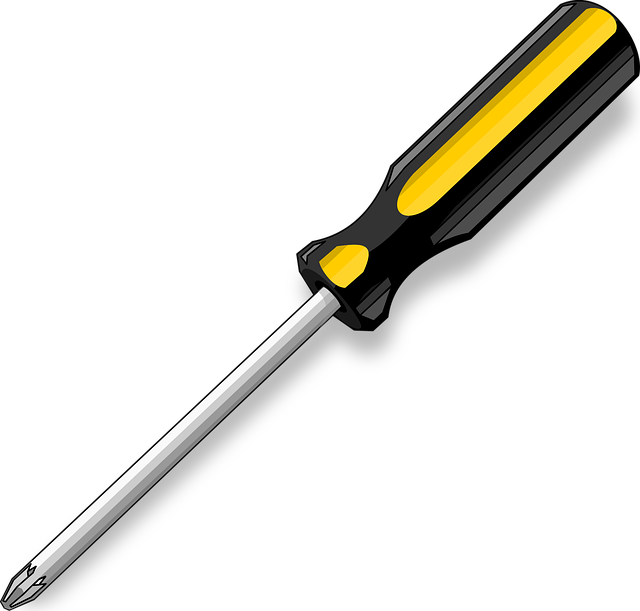
To prevent future rusting and ensure long-lasting functionality, it’s crucial to implement effective maintenance strategies for metal surfaces. Regular cleaning is a fundamental step; removing dirt, grease, and other contaminants prevents moisture from getting trapped, which is the primary catalyst for rust formation. Using appropriate cleaning agents, such as mild detergents or specialized rust removers, can effectively eliminate existing corrosion while preparing the surface for sealing.
After cleaning, applying a suitable protective coating becomes vital. This could range from simple wax polishes to more complex industrial coatings designed to resist corrosion. These barriers create a physical shield against moisture and environmental elements, significantly slowing down the rusting process. Opting for high-quality, rust-resistant materials during repairs or replacements is another effective prevention technique for rust, ensuring that your metal surfaces remain intact and functional over time.
Revitalizing rusty parts isn’t just about aesthetics; it’s a process that requires understanding, the right tools, and effective techniques. By mastering these aspects, as outlined in this guide on select rust repair, you can restore metal surfaces to their original condition while preventing future rusting. Remember, proactive maintenance is key, so ensure you follow the tips provided for long-lasting results.
